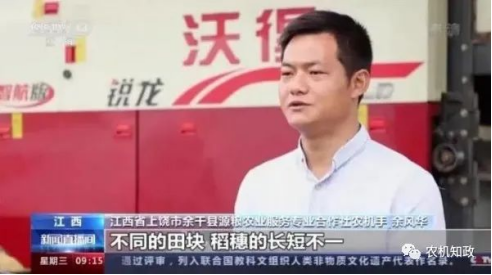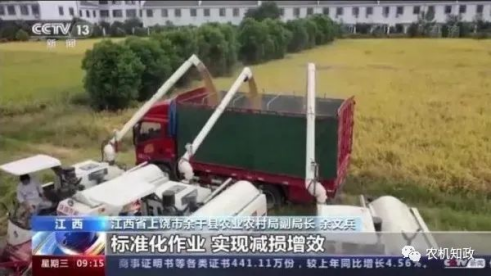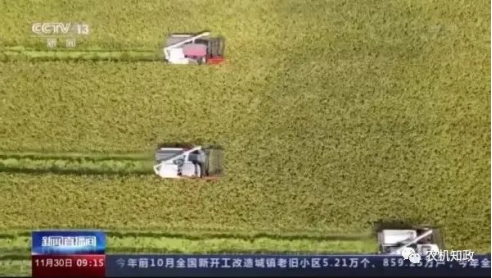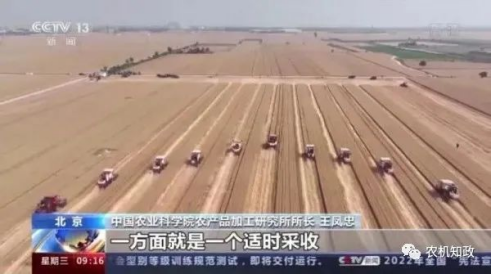Machine income impairment is an important measure to reduce grain consumption. What is the effect this year?
Jiangxi is a major double-cropping rice production province in China, and when the reporter came here, the harvest of late rice was coming to an end.
In Fenggang Township, Yugan County, which is located in the Poyang Lake Plain, the reporter saw that after the agricultural mechanic arrived at the rice field with a harvester, he did not immediately go down to harvest, but took a tape measure to measure the rice.

Yu Fenghua, a farm mechanic in Yugan County, Shangrao City, Jiangxi Province: the length of rice ears varies from field to field. We will measure the height of rice so as to control the position of the harvester. Basically every grain can enter the machine granary smoothly.

After determining the rice harvest height of the field, four agricultural machinists opened their posture and made every effort to harvest.
The reporter learned in the interview that in order to increase grain output, more than 6800 agricultural machinery drivers were trained in rice harvesting skills at the city and county levels in Jiangxi Province before the autumn harvest.

Yu Wenbing, deputy director of the Agricultural and Rural Bureau of Yugan County, Shangrao City, Jiangxi Province: we have achieved loss reduction and efficiency through machine collection training and standardized operations, with a loss rate of about 2.66%.

The reporter learned that since last year, the Ministry of Agriculture and Village has continuously focused on tapping the potential of machine harvest reduction in ensuring food security, and guided various localities to effectively achieve machine harvest reduction through tackling key scientific and technological problems and machine harvest training.

Wang Fengzhong, director of the Agricultural products processing Institute of the Chinese Academy of Agricultural Sciences: on the one hand, we have done a lot of scientific and technological research on our applicable agricultural machinery, and it has also made many vehicles or harvesting machinery more suitable for harvesting.
On the one hand, it is a timely harvest.

Data from the Ministry of Agriculture and villages show that last year, the income and loss rate of the three staple grain machines decreased by an average of 1 percentage point, recovering the loss of 10 billion jin.
This year, the yield and loss rate of summer grain, early rice and autumn grain is also controlled within a reasonable range.





